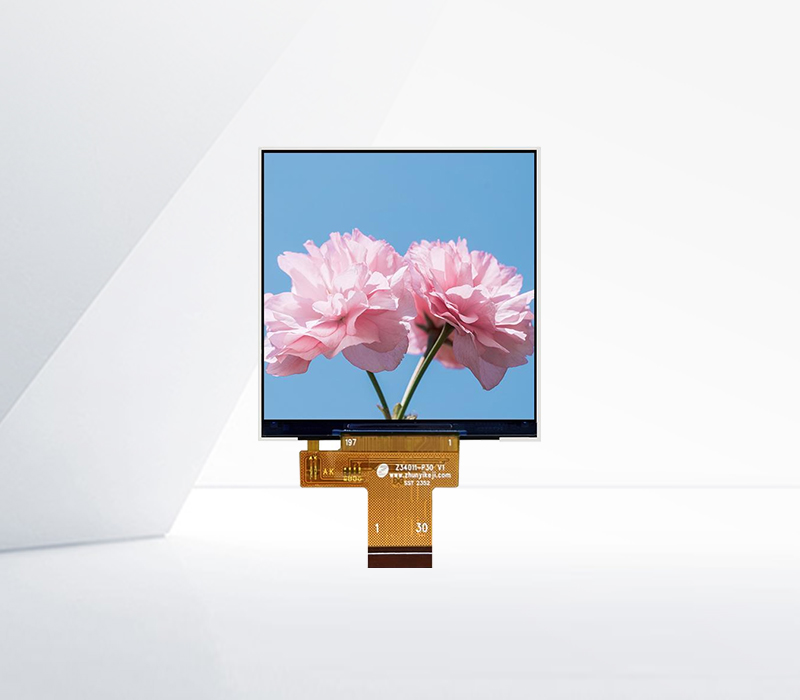




Fingerprints and smudges on IPS LED displays can not only degrade the visual appearance but also interfere with touch operation sensitivity and readability. To address these issues, various anti-fingerprint treatment technologies have been developed, combining material science and surface engineering to create a more user-friendly and durable display surface.
One common anti-fingerprint treatment method is the application of anti-fingerprint (AF) coatings. These coatings are typically made of materials with low surface energy, such as fluoropolymers or silicon-based compounds. When applied to the surface of the IPS LED display, the AF coating reduces the adhesion of oils and dirt from fingerprints. The low surface energy causes the fingerprint oils to form small droplets, which are less likely to spread across the surface and can be easily wiped away. This not only keeps the display looking clean but also minimizes the impact of fingerprints on touch operation. The AF coating can be applied through various techniques, such as physical vapor deposition (PVD), chemical vapor deposition (CVD), or spin-coating, depending on the requirements of the display manufacturing process.
Nano-structured surfaces are another innovative approach to anti-fingerprint treatment. By creating a nano-scale texture on the surface of the IPS LED display, the contact area between the fingerprint oils and the surface is reduced. This reduces the adhesion force, making it easier for the oils to roll off or be removed. Nano-structured surfaces can be fabricated using methods such as nano-imprint lithography or reactive ion etching. These surfaces not only provide excellent anti-fingerprint properties but also offer additional benefits such as enhanced scratch resistance and improved light transmission, contributing to the overall performance and durability of the IPS LED display.
In addition to surface coatings and nano-structuring, self-cleaning technologies are also being explored for anti-fingerprint treatment. Some materials have photocatalytic properties, such as titanium dioxide (TiO₂). When exposed to ultraviolet (UV) light, TiO₂ can decompose organic substances, including fingerprint oils. This self-cleaning effect helps to keep the IPS LED display surface clean over time, reducing the frequency of manual cleaning. However, the integration of self-cleaning technologies into IPS LED displays requires careful consideration of factors such as the compatibility with the display materials and the potential impact on visual quality.
Maintenance and care also play a role in maintaining the anti-fingerprint properties of IPS LED displays. Regular cleaning with appropriate cleaning solutions and soft, lint-free cloths can help to remove stubborn fingerprints and smudges without damaging the anti-fingerprint treatment. Manufacturers often provide guidelines on the proper cleaning and maintenance of their displays to ensure that the anti-fingerprint features remain effective throughout the product's lifespan.
